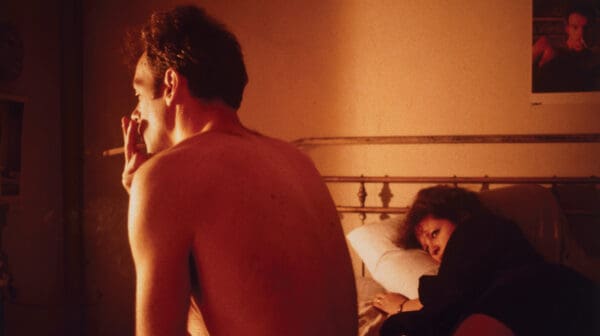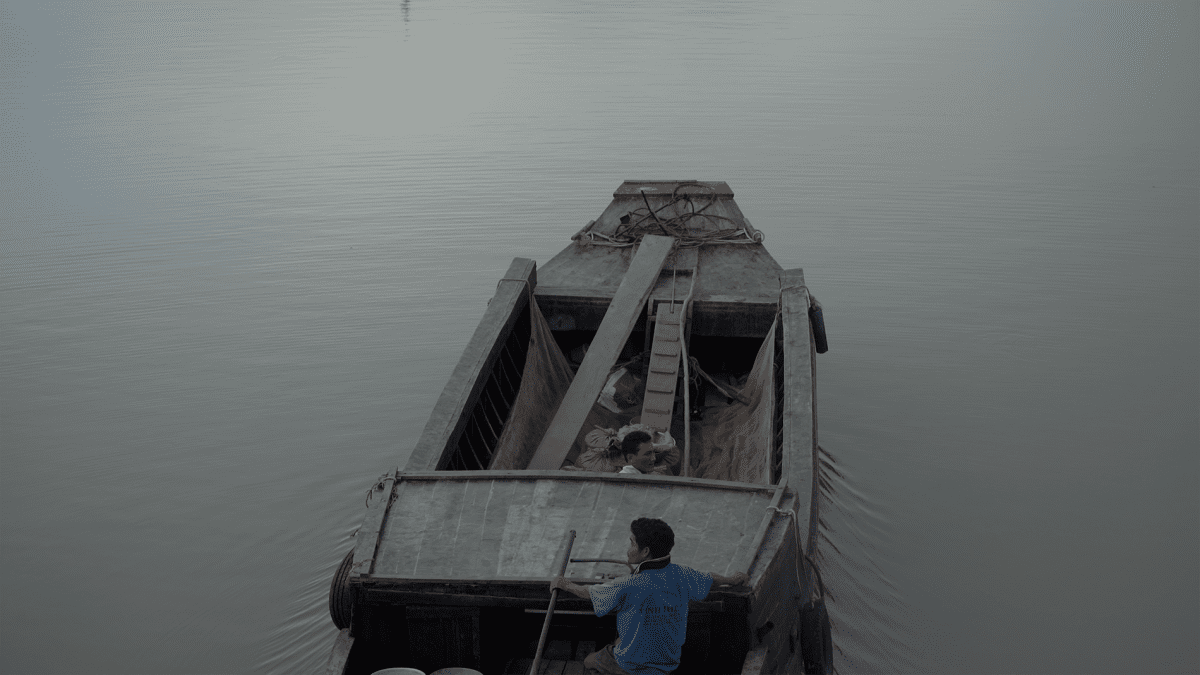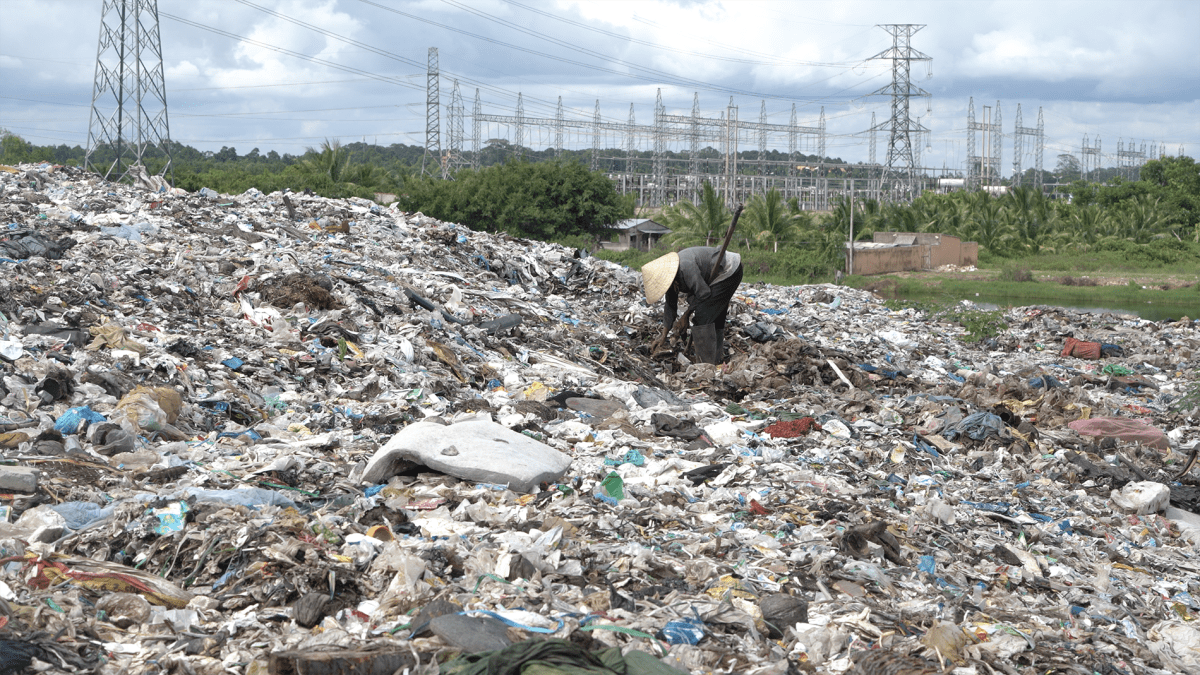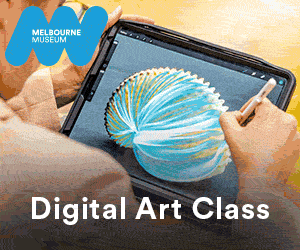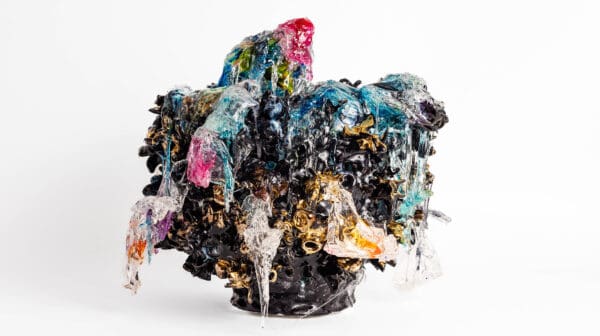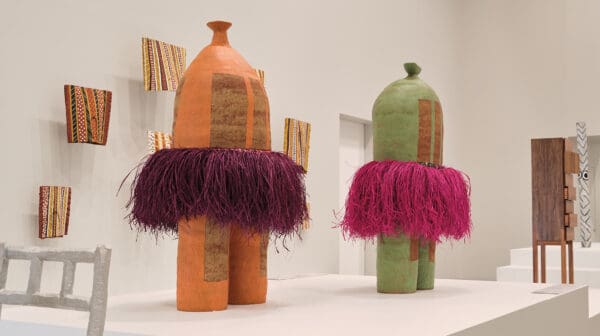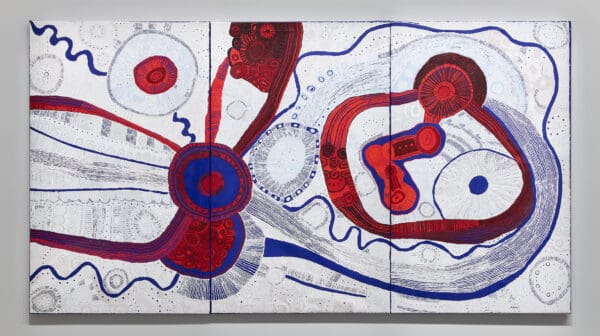Bringing together animation, painting, self-made footage and found images, Thao Nguyen Phan’s Becoming Alluvium is a mesmerising mixture of narratives. The single-channel colour film focuses on the relationship between the Mekong River in East and Southeast Asia and the cultures that surround it—“the glory and the tragedy”, as the artist says. Across three non-chronological chapters, the Vietnamese artist weaves in references to literature and folklore to create an intertextual work that addresses the impact of human intervention on nature.
“I realised that the official history of my country is very much manipulated, so I decided to search for a more personal narrative, especially via the medium of folk tales,” Phan says. “I changed the content of the tales to reflect the vain ambition of human nature.”
Phan’s artistic practice spans both film and lacquer painting, and the places where the two collide. “I am fascinated by the ability of the digital and the analogue to flow, to merge into each other, like sediment that is dissolved into the countless particles of a river,” she says. “It is through painting and drawing that I can compose a loose script.”
Becoming Alluvium is the latest in a series of works that aims to challenge the segregation of art forms, in what Phan hopes will be a body of work that brings disparate threads and practices together. “I wish to construe a realm of works that are interconnected and diverse in styles and materials, by means of which genres can coexist in a dreamlike, democratic utopia,” she says. “In such a realm, the grandiose and the humble, the brutal and the fragile, the documented and the fictional, the stable and the ephemeral, the fantastic and the practical, cohabit.”
Becoming Alluvium
Thao Nguyen Phan
Institute of Modern Art
9 October—18 December
This article was originally published in the November/December print edition of Art Guide Australia.
